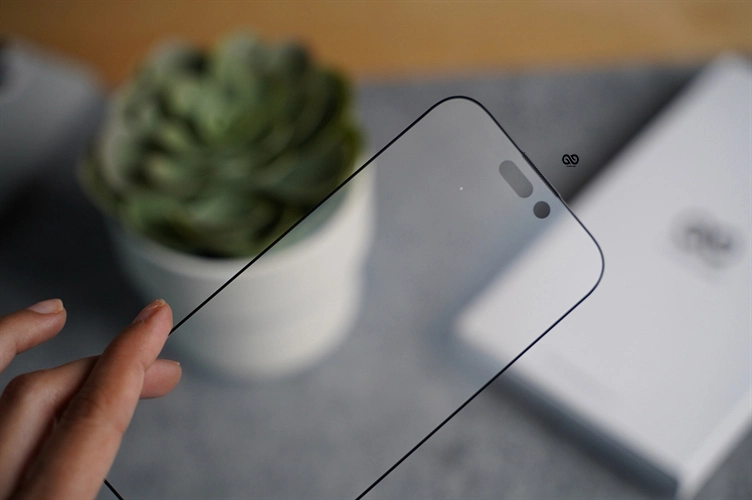In today’s world, mobile phones are a huge part of our daily lives. They are with us wherever we go, and they serve as tools for communication, entertainment, work, and more. With how much we rely on them, it’s only natural to expect that they should last a long time and stay in good shape. That’s where tempered glass comes into play.
But what exactly is temperedglass, and why is it so widely used in mobile phones? How does it compare to regular glass, and what makes it the go-to material for screen protectors and phone displays? In this article, we’ll explore all these questions and more, diving deep into the properties of glass, its benefits, and even some downsides.
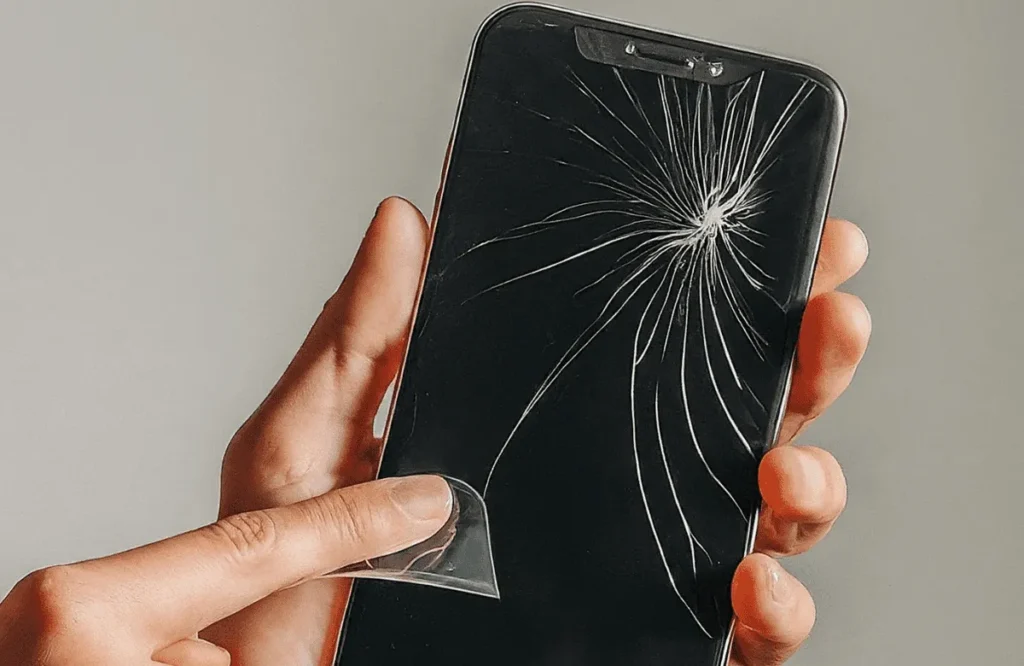
What is Tempered Glass?
Tempered glass is a type of safety glass that’s been treated to be much stronger and more durable than regular glass. The process of tempering involves heating the glass to a high temperature and then rapidly cooling it, which makes the surface of the glass compress and increases its strength. The result is a material that is tougher and less prone to breaking compared to standard glass. In the event that it does break, it shatters into small, non-sharp pieces instead of large, dangerous shards.
Why Do We Use tempered safety glass in Mobile Phones?
Mobile phones are constantly exposed to potential hazards: drops, bumps, scratches, and spills. If the glass on your phone isn’t strong enough, these everyday accidents could cause cracks or other types of damage. Tempered glass is a game-changer because it offers enhanced strength, protecting your phone from drops and scratches.
By using tempared glass, mobile manufacturers ensure that users have a longer-lasting device, reducing the chances of screen damage from minor accidents. This is why it’s become the industry standard in smartphone screens.
Is tempered safety glass Heat Resistant?
Yes, tampered glass does have some heat resistance. During the tempering process, the glass is exposed to high temperatures, making it more resistant to heat than regular glass. However, it’s important to note that tampered glass is not immune to extreme temperatures. While it can withstand normal use in day-to-day situations, exposing it to intense, direct heat (like leaving your phone in a hot car on a sunny day) could still cause damage.
Are Tempered Glatempered safety glassss Screens Unbreakable?
A common misconception is that tempered glas is unbreakable, but that’s not entirely true. While it’s significantly stronger than regular glass, it’s still vulnerable to extreme force. If your phone is dropped from a significant height or hit with a heavy object, the tempered glas may still crack or break. However, it’s much less likely to do so compared to nontempered glass.
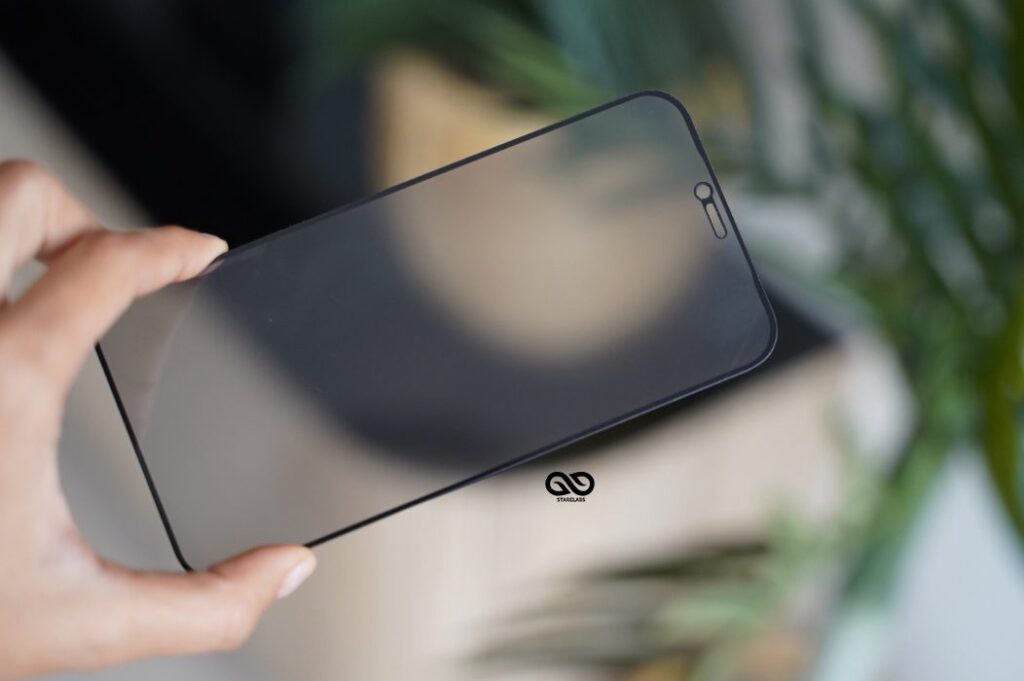
Think of laminated safety glass like a tough shield: it’s extremely strong and capable of protecting your phone against many everyday accidents, but it’s not invincible.
How to Tell if Glass is Tempered?
You can tell if a piece of glass is tempered by doing a simple test. Hold the glass up to the light and look for small, uniform patterns in the surface, like tiny square or round markings. These patterns are a sign that the glass has been tempered. Another way to check is by carefully tapping on the glass with a hard object. If it shatters into small, pebble-like pieces, then it’s likely tempered. Regular glass will break into larger, sharper shards.
What’s the Difference Between Tempered Glass and Regular Glass?
At first glance, tempered glass and regular glass may look the same, but their properties are vastly different.

- Strength: Tempered glass is much stronger and can handle more pressure and impact without breaking.
- Shatter Resistance: Tempered glass breaks into small, safe pieces, while regular glass shatters into sharp shards.
- Durability: Tempered glass has a longer lifespan and is more resistant to scratches and cracks.
While regular glass is cheaper to produce, its vulnerability to breakage makes it unsuitable for devices like smartphones that are prone to drops and accidents.
Which is Better: Tempered Glass or Screen Protector?
When it comes to protecting your phone’s screen, both tempered glass and screen protectors have their advantages. However, tempered glass generally provides better protection than regular screen protectors.
- Tempered Glass: Offers better protection against drops and impacts, is more durable, and provides a smoother feel when using the touchscreen.
- Plastic Screen Protectors: These are often thinner and more flexible, but they don’t offer the same level of impact resistance or scratch protection.
If you’re looking for maximum protection for your phone’s screen, laminated safety glass is usually the better choice.
What Are the Disadvantages of laminated safety glass Screen Protectors?
While laminated safety glass screen protectors offer many benefits, they also have a few drawbacks:
- Thicker Feel: laminated safety glass can add a slight bulk to your phone, which might make the screen feel less responsive compared to going without one.
- Price: laminated safety glass is generally more expensive than regular plastic protectors.
- Brittleness: Despite being tough, laminated safety glass can crack if dropped from a great height or hit at the wrong angle.
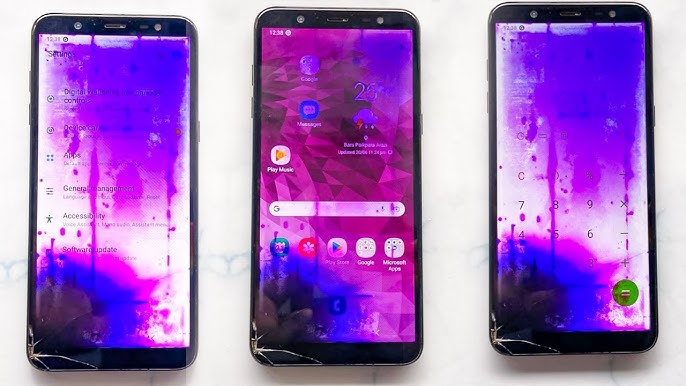
Despite these downsides, the pros often outweigh the cons, especially for people who want extra protection for their phones.
Is laminated safety glass Worth the Investment for Mobile Phones?
For most people, the investment in tempered glass is well worth it. The price is usually minimal when compared to the cost of repairing a cracked screen. Plus, it provides added durability and protection against drops and scratches, which are common problems for mobile phones.
If you’ve ever dropped your phone and found yourself fretting over a potential screen crack, you’ll understand why spending a bit more on tempered glass can save you a lot of stress and money in the long run.
How Does Tempered Gltempered safety glass Enhance the Durability of Mobile Phones?
The durability of a mobile phone is greatly improved with tempered glass. Not only does it protect the screen from direct impacts and scratches, but it also makes the device more resistant to temperature fluctuations. Tempered glass strengthens the overall structure of the phone, making it less likely to break under pressure.
How to Properly Install Tempered Glass on Your Phone
Installing tempered glass is fairly simple, but it’s crucial to do it correctly to avoid bubbles or misalignment:
- Clean the Screen: Wipe your phone screen with a microfiber cloth to remove dust and dirt.
- Align the Glass: Carefully align the tempered glass with the phone screen, making sure the edges match.
- Press Down Firmly: Once aligned, press down gently to ensure it sticks to the screen without any air bubbles.
Can tempered safety glass Protect Against Scratches?
Yes, one of the key features of tempered glass is its ability to resist scratches. Its hardness rating (usually 9H) means it can withstand minor abrasions from objects like keys or coins without getting damaged. This is a significant advantage over regular glass, which can scratch easily.
What Happens When tempered safety glass Breaks?
If tempered glass does break, it shatters into small, non-sharp pieces, which makes it much safer than regular glass. It won’t cause deep cuts or injuries, which is why it’s preferred for mobile screens.
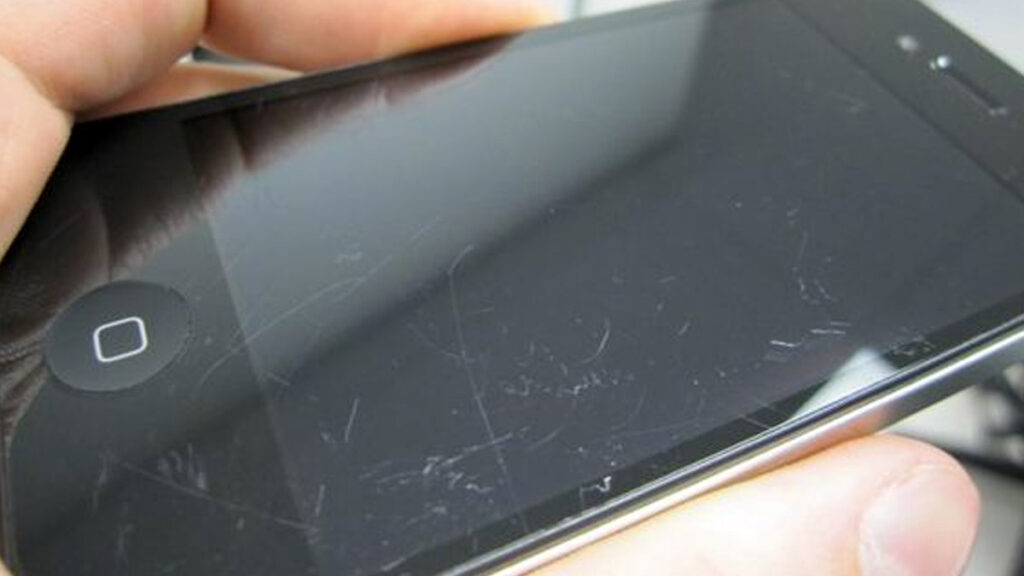
How Does Tempered Glass Improve Phone Screen Safety?
Tempered glass acts like an invisible shield, absorbing shock and protecting your phone’s screen from the impact of drops and bumps. It is specifically designed to dissipate energy upon impact, reducing the likelihood of damage to the underlying screen.
Conclusion and Final Thoughts
Tempered glass is a vital component of modern mobile phones, providing a protective shield that helps to ensure the longevity and safety of our devices. It offers superior strength, durability, and scratch resistance compared to regular glass, making it the best option for smartphones. While not unbreakable, it’s far stronger than traditional glass and can be a great investment for your phone’s protection.

